|
Arthur H. Mackmurdo
Arthur Heygate Mackmurdo (12 December 1851 – 15 March 1942) was a progressive English architect and designer, who influenced the Arts and Crafts Movement, notably through the Century Guild of Artists, which he set up in partnership with Herbert Horne in 1882. He was the pioneer of the Modern Style (British Art Nouveau style) and in turn global Art Nouveau movement. Early life Mackmurdo was the son of a wealthy chemical manufacturer. He was educated at Felsted School, and was first trained under the architect T. Chatfield Clarke, from whom he claimed to have learnt nothing. Then, in 1869, he became an assistant to the Gothic Revival architect James Brooks. In 1873, he visited John Ruskin's School of Drawing, and accompanied Ruskin to Italy in 1874. He stayed on to study in Florence for a while; despite the influence of Ruskin, the Italian architecture he was most impressed by was that of the Renaissance. Career In 1874 he opened his own architectural practice at 28 ... [...More Info...] [...Related Items...] OR: [Wikipedia] [Google] [Baidu] |
William De Morgan
William Frend De Morgan (16 November 1839 – 15 January 1917) was an English potter, tile designer and novelist. A lifelong friend of William Morris, he designed tiles, stained glass and furniture for Morris & Co. from 1863 to 1872. His tiles often recall medieval or Islamic design patterns. He applied innovative glazes and firing techniques. Galleons and fish were common motifs, as were "fantastical" birds and animals. Many of De Morgan's tiles were designed to create intricate patterns when several were laid together. Life and work Born in Gower Street, London, the son of the distinguished mathematician Augustus De Morgan and his highly educated wife Sophia Elizabeth Frend, De Morgan was supported in his desire to become an artist. At the age of twenty, he entered the Royal Academy schools, but he was swiftly disillusioned with the establishment. Then he met Morris and through him the Pre-Raphaelite circle. Soon De Morgan began experimenting with stained glass, ventured ... [...More Info...] [...Related Items...] OR: [Wikipedia] [Google] [Baidu] |
Mortimer Menpes
Mortimer Luddington Menpes (22 February 1855 – 1 April 1938) was an Australian-born British painter, author, printmaker and illustrator. Life Menpes was born in Port Adelaide, South Australia, the second son of property developer James Menpes (1 August 1818 – 7 December 1906), who with his wife Ann, née Smith, arrived in South Australia from London on the ''Moffatt'' in December 1839. Despite losing much property in a great fire of 1857, James Menpes prospered, building commodious shops on St. Vincent Street, Port Adelaide and housing, "Cypress Terrace", on Wakefield Street, Adelaide. James retired from business in 1866 and returned to England with his wife, sons Mortimer and James Henry and two daughters, settling in Chelsea. Mortimer was educated at John L. Young's Adelaide Educational Institution, attended classes at Adelaide's School of Design, and did some excellent work as a photo-colourist, but his formal art training began at the School of Art in London in ... [...More Info...] [...Related Items...] OR: [Wikipedia] [Google] [Baidu] |
Charles Rennie Mackintosh
Charles Rennie Mackintosh (7 June 1868 – 10 December 1928) was a Scottish architect, designer, water colourist and artist. His artistic approach had much in common with European Symbolism. His work, alongside that of his wife Margaret Macdonald, was influential on European design movements such as Art Nouveau and Secessionism and praised by great modernists such as Josef Hoffmann. Mackintosh was born in Glasgow and died in London. He is among the most important figures of Modern Style (British Art Nouveau style). Early life and education Charles Rennie Mackintosh was born at 70 Parson Street, Townhead, Glasgow, on 7 June 1868, the fourth of eleven children and second son of William McIntosh, a superintendent and chief clerk of the City of Glasgow Police. He attended Reid's Public School and the Allan Glen's Institution from 1880 to 1883. William's wife Margaret Mackintosh née 'Rennie' grew up in the Townhead and Dennistoun (Firpark Terrace) areas of Glasgow. Name He cha ... [...More Info...] [...Related Items...] OR: [Wikipedia] [Google] [Baidu] |
William Blake
William Blake (28 November 1757 – 12 August 1827) was an English poet, painter, and printmaker. Largely unrecognised during his life, Blake is now considered a seminal figure in the history of the poetry and visual art of the Romantic Age. What he called his " prophetic works" were said by 20th-century critic Northrop Frye to form "what is in proportion to its merits the least read body of poetry in the English language". His visual artistry led 21st-century critic Jonathan Jones to proclaim him "far and away the greatest artist Britain has ever produced". In 2002, Blake was placed at number 38 in the BBC's poll of the 100 Greatest Britons. While he lived in London his entire life, except for three years spent in Felpham, he produced a diverse and symbolically rich collection of works, which embraced the imagination as "the body of God" or "human existence itself". Although Blake was considered mad by contemporaries for his idiosyncratic views, he is held in high regard b ... [...More Info...] [...Related Items...] OR: [Wikipedia] [Google] [Baidu] |
Edward Burne-Jones
Sir Edward Coley Burne-Jones, 1st Baronet, (; 28 August, 183317 June, 1898) was a British painter and designer associated with the Pre-Raphaelite Brotherhood which included Dante Gabriel Rossetti, John Millais, Ford Madox Brown and Holman Hunt. Burne-Jones worked with William Morris as a founding partner in Morris, Marshall, Faulkner & Co in the design of decorative arts. Burne-Jones's early paintings show the influence of Dante Gabriel Rossetti, but by 1870 he had developed his own style. In 1877, he exhibited eight oil paintings at the Grosvenor Gallery (a new rival to the Royal Academy). These included ''The Beguiling of Merlin''. The timing was right and Burne-Jones was taken up as a herald and star of the new Aesthetic Movement. In the studio of Morris and Co. Burne-Jones worked as a designer of a wide range of crafts including ceramic tiles, jewellery, tapestries, and mosaics. Among his most significant and lasting designs are those for stained glass windows the pr ... [...More Info...] [...Related Items...] OR: [Wikipedia] [Google] [Baidu] |
Dante Gabriel Rossetti
Gabriel Charles Dante Rossetti (12 May 1828 – 9 April 1882), generally known as Dante Gabriel Rossetti (), was an English poet, illustrator, painter, translator and member of the Rossetti family. He founded the Pre-Raphaelite Brotherhood in 1848 with William Holman Hunt and John Everett Millais. Rossetti inspired the next generation of artists and writers, William Morris and Edward Burne-Jones in particular. His work also influenced the European Symbolists and was a major precursor of the Aesthetic movement. Rossetti's art was characterised by its sensuality and its medieval revivalism. His early poetry was influenced by John Keats and William Blake. His later poetry was characterised by the complex interlinking of thought and feeling, especially in his sonnet sequence, ''The House of Life''. Poetry and image are closely entwined in Rossetti's work. He frequently wrote sonnets to accompany his pictures, spanning from '' The Girlhood of Mary Virgin'' (1849) and ''Astarte ... [...More Info...] [...Related Items...] OR: [Wikipedia] [Google] [Baidu] |
Christopher Wren
Sir Christopher Wren PRS FRS (; – ) was one of the most highly acclaimed English architects in history, as well as an anatomist, astronomer, geometer, and mathematician-physicist. He was accorded responsibility for rebuilding 52 churches in the City of London after the Great Fire in 1666, including what is regarded as his masterpiece, St Paul's Cathedral, on Ludgate Hill, completed in 1710. The principal creative responsibility for a number of the churches is now more commonly attributed to others in his office, especially Nicholas Hawksmoor. Other notable buildings by Wren include the Royal Hospital Chelsea, the Old Royal Naval College, Greenwich, and the south front of Hampton Court Palace. Educated in Latin and Aristotelian physics at the University of Oxford, Wren was a founder of the Royal Society and served as its president from 1680 to 1682. His scientific work was highly regarded by Isaac Newton and Blaise Pascal. Life and works Wren was born in East Knoyl ... [...More Info...] [...Related Items...] OR: [Wikipedia] [Google] [Baidu] |
Nikolaus Pevsner
Sir Nikolaus Bernhard Leon Pevsner (30 January 1902 – 18 August 1983) was a German-British art historian and architectural historian best known for his monumental 46-volume series of county-by-county guides, ''The Buildings of England'' (1951–74). Life Nikolaus Pevsner was born in Leipzig, Saxony, the son of Anna and her husband Hugo Pevsner, a Russian-Jewish fur merchant. He attended St. Thomas School, Leipzig, and went on to study at several universities, Munich, Berlin, and Frankfurt am Main, before being awarded a doctorate by Leipzig in 1924 for a thesis on the Baroque architecture of Leipzig. In 1923, he married Carola ("Lola") Kurlbaum, the daughter of distinguished Leipzig lawyer Alfred Kurlbaum. He worked as an assistant keeper at the Dresden Gallery between 1924 and 1928. He converted from Judaism to Lutheranism early in his life. During this period he became interested in establishing the supremacy of German modernist architecture after becoming aware of Le ... [...More Info...] [...Related Items...] OR: [Wikipedia] [Google] [Baidu] |
Cabinet Making
A cabinet is a case or cupboard with shelves and/or drawers for storing or displaying items. Some cabinets are stand alone while others are built in to a wall or are attached to it like a medicine cabinet. Cabinets are typically made of wood (solid or with veneers or artificial surfaces), coated steel (common for medicine cabinets), or synthetic materials. Commercial grade cabinets usually have a melamine-particleboard substrate and are covered in a high pressure decorative laminate, commonly referred to as Wilsonart or Formica. Cabinets sometimes have one or more doors on the front, which are mounted with door hardware, and occasionally a lock. Cabinets may have one or more doors, drawers, and/or shelves. Short cabinets often have a finished surface on top that can be used for display, or as a working surface, such as the countertops found in kitchens. A cabinet intended to be used in a bedroom and with several drawers typically placed one above another in one or more column ... [...More Info...] [...Related Items...] OR: [Wikipedia] [Google] [Baidu] |
Metalworking
Metalworking is the process of shaping and reshaping metals to create useful objects, parts, assemblies, and large scale structures. As a term it covers a wide and diverse range of processes, skills, and tools for producing objects on every scale: from huge ships, buildings, and bridges down to precise engine parts and delicate jewelry. The historical roots of metalworking predate recorded history; its use spans cultures, civilizations and millennia. It has evolved from shaping soft, native metals like gold with simple hand tools, through the smelting of ores and hot forging of harder metals like iron, up to highly technical modern processes such as machining and welding. It has been used as an industry, a driver of trade, individual hobbies, and in the creation of art; it can be regarded as both a science and a craft. Modern metalworking processes, though diverse and specialized, can be categorized into one of three broad areas known as forming, cutting, or joining processes. Mo ... [...More Info...] [...Related Items...] OR: [Wikipedia] [Google] [Baidu] |
Benjamin Creswick
Benjamin Creswick, RBSA (1853–1946) was an English sculptor. Life Benjamin Creswick was born in Sheffield, the son of a spectacle-maker. He started his working life as a knife-grinder, but took up sculpture with the encouragement of John Ruskin. In 1887 he modelled a terracotta frieze showing the processes of knife-grinding for the exterior of Cutlers' Hall, in Warwick Lane in the City of London. In the same year he made a frieze for Henry Heath's shop in Oxford Street, London, showing hat-makers at work. Creswick worked on various projects with A.H. Mackmurdo, such as the decoration of Pownall Hall in Cheshire, and contributed to the display by Mackmurdo's Century Guild at the Inventions Exhibition in 1885, though he did not join the guild until the following year. He spent some time in Liverpool and Manchester, before moving to Birmingham, where he was Master of Modelling and Modelled Design at the Birmingham School of Art from 1889 to 1918. He exhibited at the Royal ... [...More Info...] [...Related Items...] OR: [Wikipedia] [Google] [Baidu] |
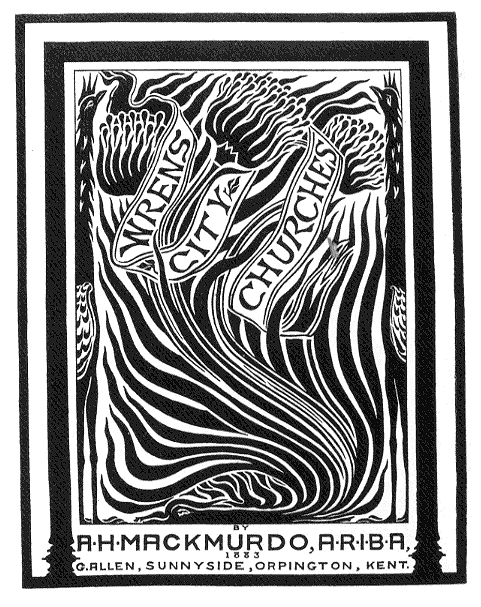
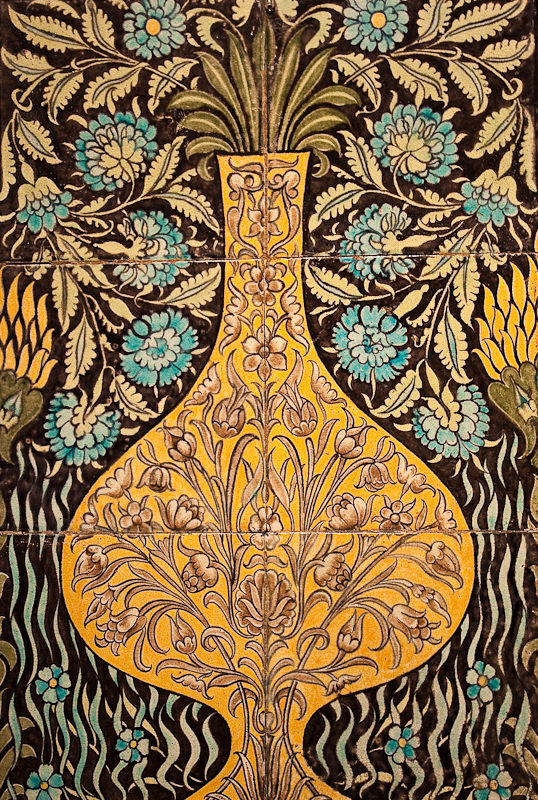

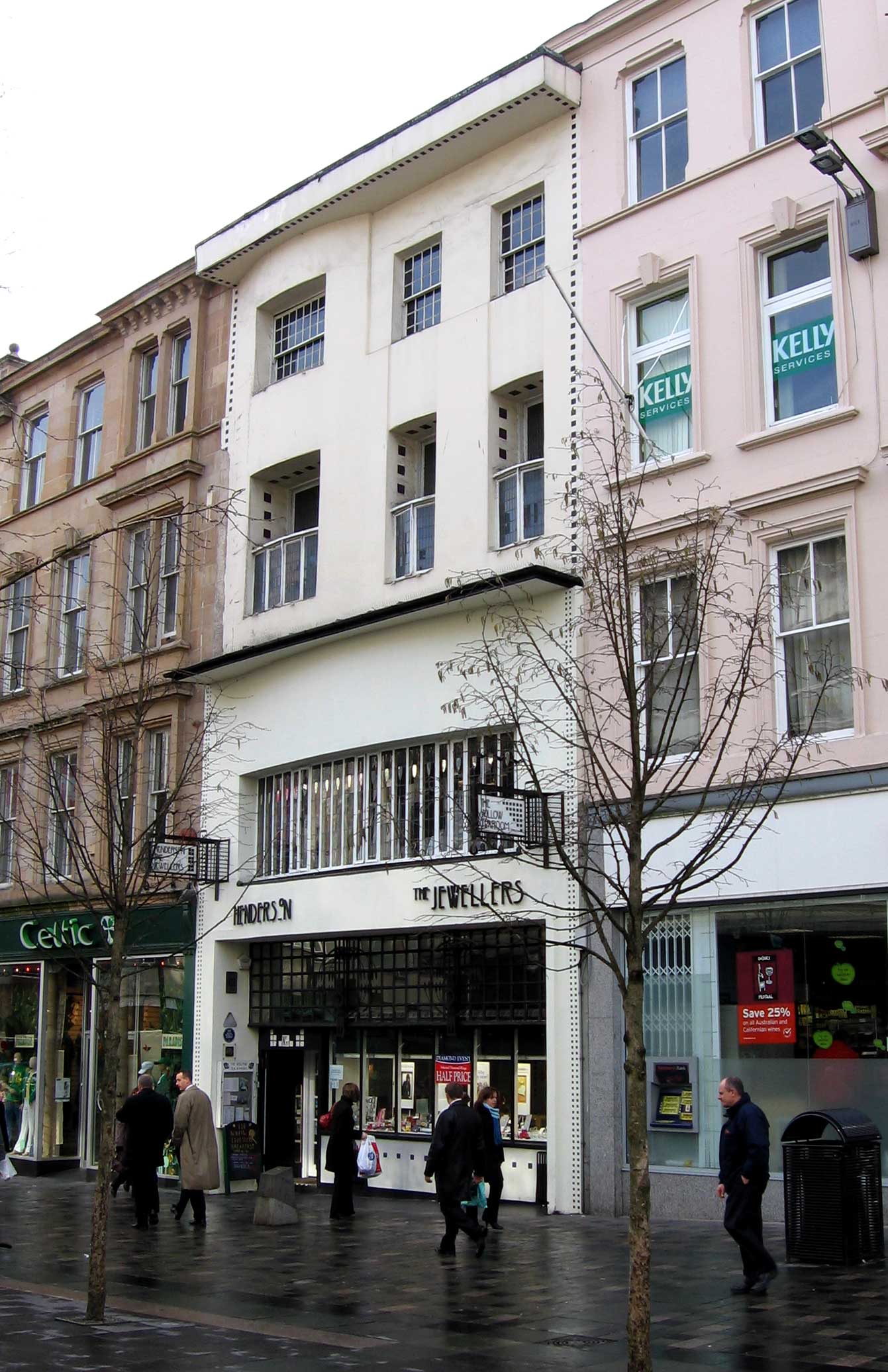



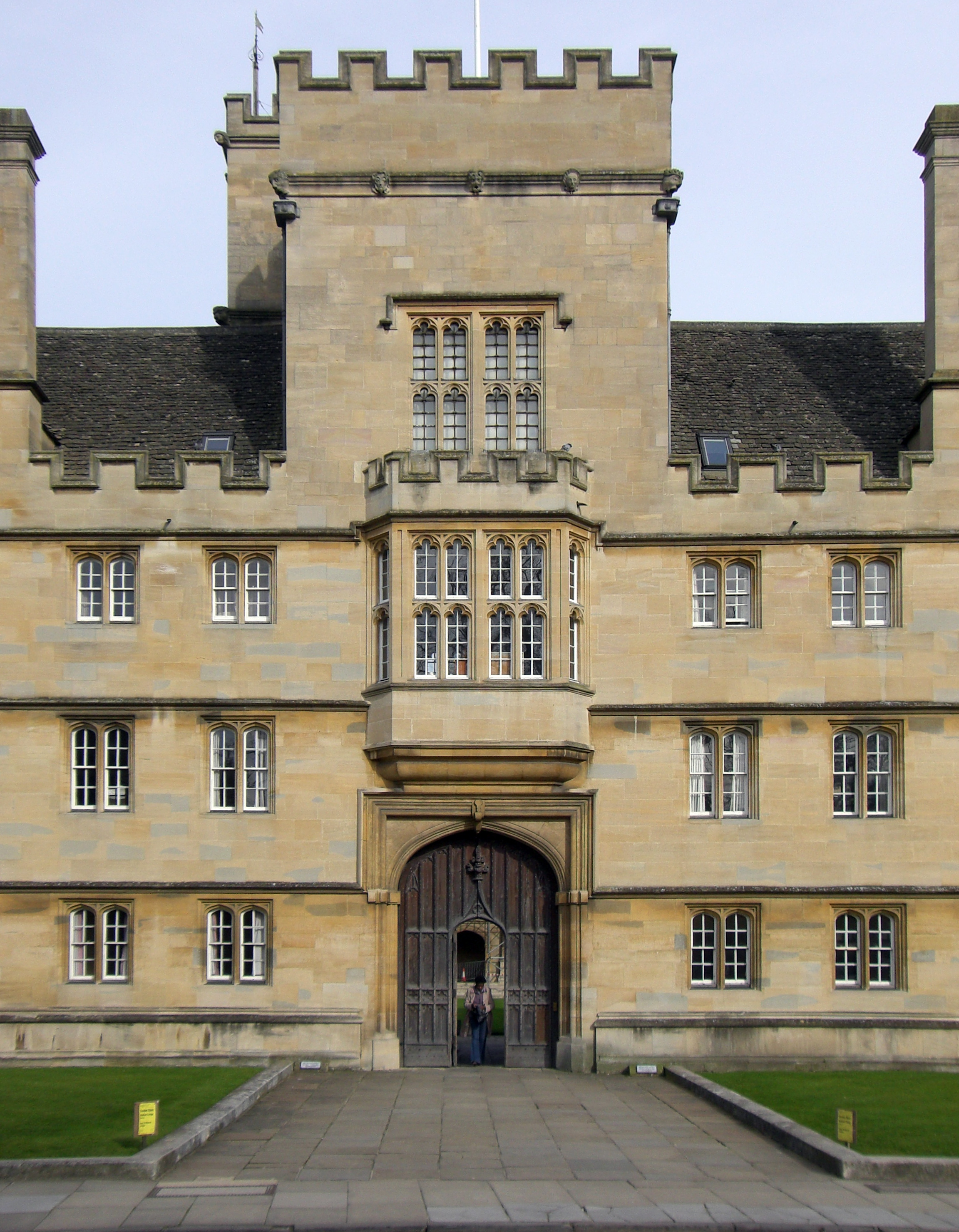

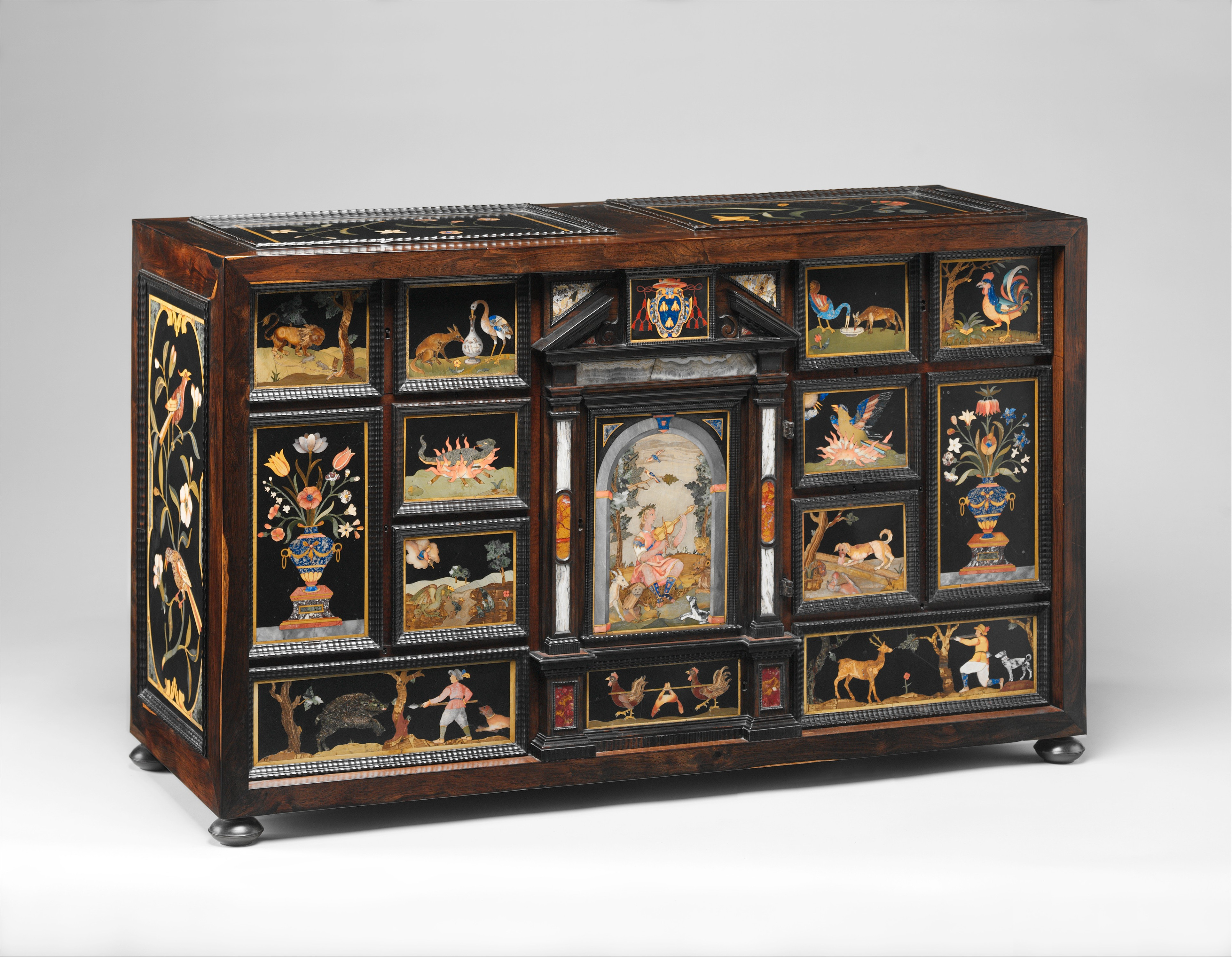

_(cropped).jpg)